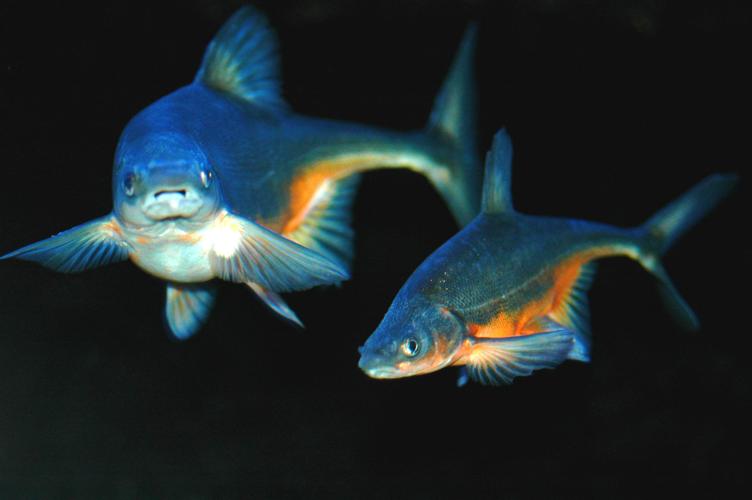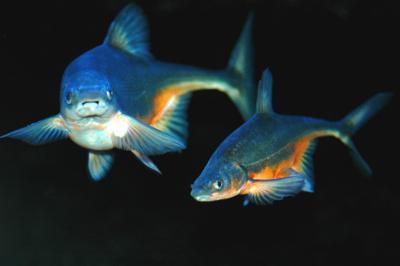While the population of Colorado continues to grow as people come to enjoy the culture and climate, other populations in the state are dwindling to dangerous levels. The low populations of some animals native to Colorado and the Southwestern United States have caused them to be classified as endangered. Which means that, without protection and conversation, the species are in danger of dying out.
One of the endangered species that calls Colorado home is the Uncompahgre Fritillary butterfly. With similar coloring to the well-known Monarch butterfly, the Uncompahgre was discovered on Uncompahgre Peak, one of Colorado’s 14ers.
A well-known endangered species in Colorado is the Canadian Lynx. This small, furry cat has made a comeback after being reintroduced to the state in 1999, after the population of Colorado-based lynx died out. While the population has grown to reach an estimated 150-200 lynx in Colorado, the species is still endangered and continues to require state protection.

An endangered Canadian Lynx. Photo Credit: Keith Williams (flickr)
There are a number of endangered species that are so rarely seen in Colorado that they are considered extirpated, which means no known populations live in the wild in a native area. In Colorado, two well-known species that no longer have roaming populations are grizzly bears and gray wolves. While northern parts of the state occasionally host an endangered visitor from the conservation efforts for both species in Yellowstone, neither animal has a native population that calls Colorado home any longer.
Despite Colorado’s plentiful freshwater lakes and rivers, there are a number of fish considered endangered, as well. These include the Bonytail, Lake Chub, Northern Redbelly Dace, Plains Minnow, and the Rio Grande Sucker. When fishing, keep an eye out for these species and keep your lines and hooks away from them to help conserve their populations into the future.
Colorado is home to a plentiful animal population. Being aware of endangered populations and conserving their natural habitats will help keep our state full of its natural beauty for years to come.









(0) comments
Welcome to the discussion.
Log In
Keep it Clean. Please avoid obscene, vulgar, lewd, racist or sexually-oriented language.
PLEASE TURN OFF YOUR CAPS LOCK.
Don't Threaten. Threats of harming another person will not be tolerated.
Be Truthful. Don't knowingly lie about anyone or anything.
Be Nice. No racism, sexism or any sort of -ism that is degrading to another person.
Be Proactive. Use the 'Report' link on each comment to let us know of abusive posts.
Share with Us. We'd love to hear eyewitness accounts, the history behind an article.